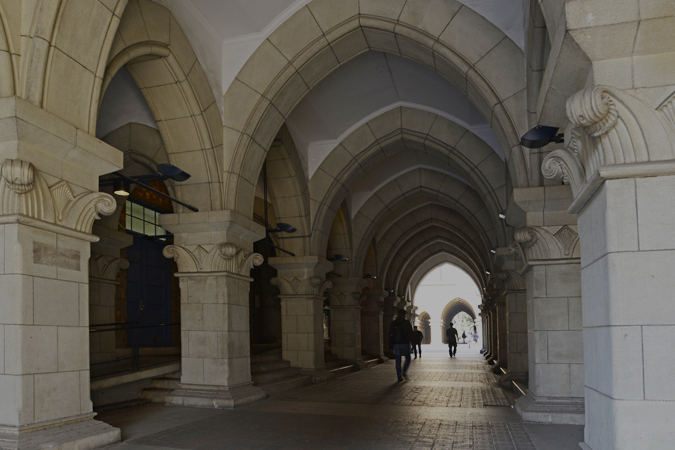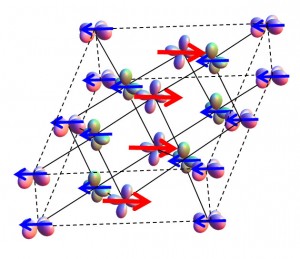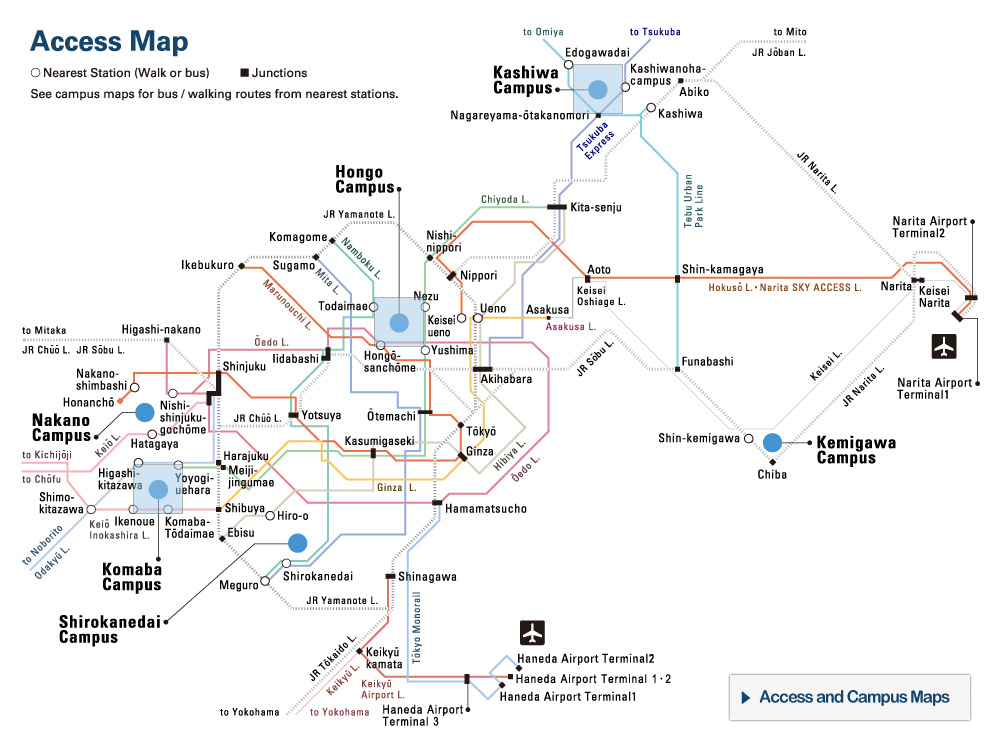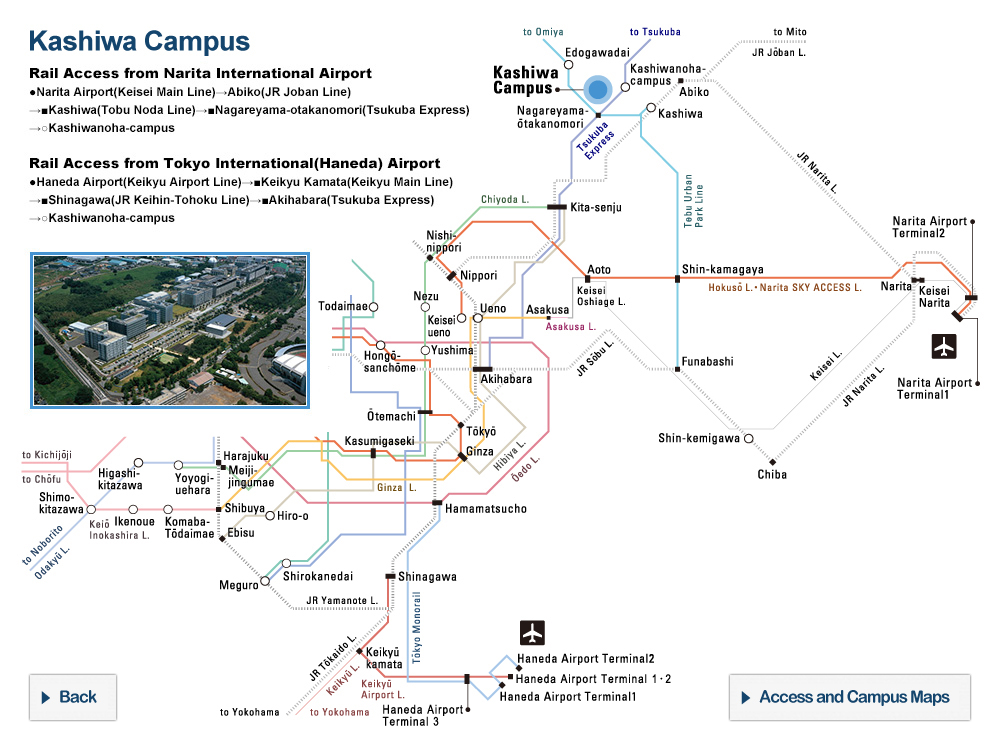Strain induced magnetization in strongly correlated electron insulator Use for control of spin/orbital ordering

The group of Dr. Fujioka and Prof. Tokura at the University of Tokyo’s Graduate School of Engineering have demonstrated that cobalt oxide (LaCoO3), which is originally a nonmagnetic material, can be converted into a magnet by application of tensile strain, utilizing the ordering phenomena of electron spins and orbitals. The nano-scale self-organization of electrons is ubiquitously observed in strongly correlated electron materials. One example of the collective quantum phenomena of electrons is magnetization. This phenomenon is understood as the ordering of electron spins on a microscopic level. So far, it is well known that change in temperature or the filling of an electron-band can induce these collective phenomena in a variety of materials.

© Jun Fujioka, One possible model of spin-orbital ordering. Arrows and lobes indicate electron spins and orbitals, respectively. Solid lines indicate the crystal lattice composed of Co-ions.
In this study, the group has revealed that the spin/orbital ordering phenomena of electrons can induce magnetization by the application of epitaxial strain in a material that is originally nonmagnetic in the strain-free state. Specifically, they demonstrated that the spin state of constituent ions changes by application of a tiny epitaxial strain, leading to the spin ordering phenomenon. Prior to this research, it was not known that the spin state variability could control collective phenomena in correlated electron systems. This research opens new avenues to developing novel spintronic functionalities.
This study is performed in collaboration with Assistant Prof. Y. Yamasaki, Associate Prof H. Nakao, Prof. R. Kumai and Prof Y. Murakami in IMSS, KEK. This work was partly supported by FIRST Program by the Japan Society for the Promotion of Science (JSPS).
Paper
J. Fujioka, Y. Yamasaki, H. Nakao, R. Kumai, Y. Murakami, M. Nakamura, M. Kawasaki, and Y. Tokura,
“Spin-Orbital Superstructure in Strained Ferrimagnetic Perovskite Cobalt Oxide”,
Physical Review Letters Online Edition: 2013/7/9,doi: 10.1103/PhysRevLett.111.027206.
Article link
Links
Graduate School of Engineering
Department of Applied Physics, Graduate School of Engineering
Tokura & Kagawa Laboratory, Department of Applied Physics, Graduate School of Engineering






